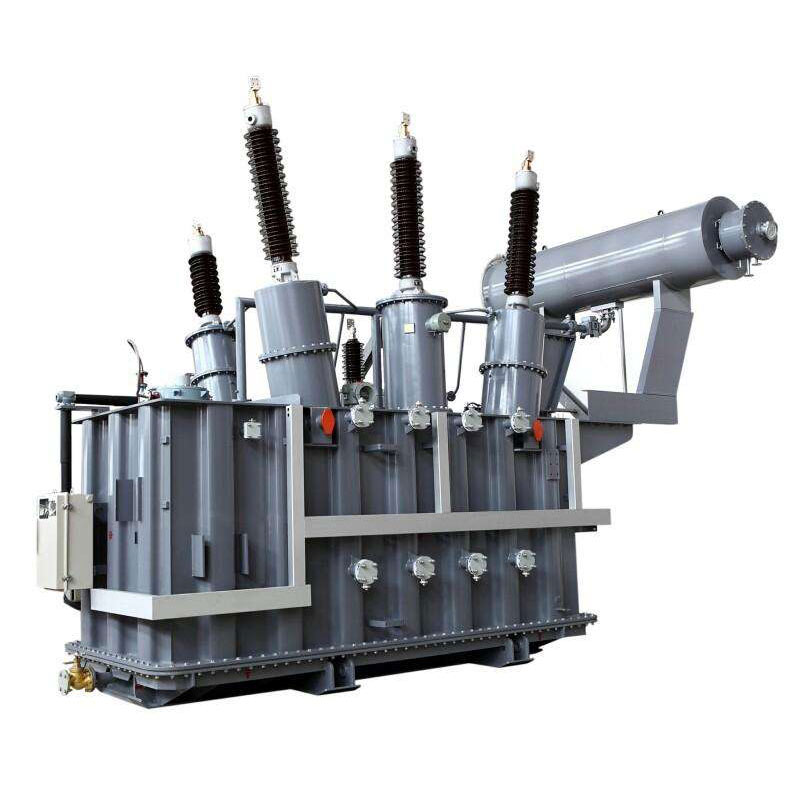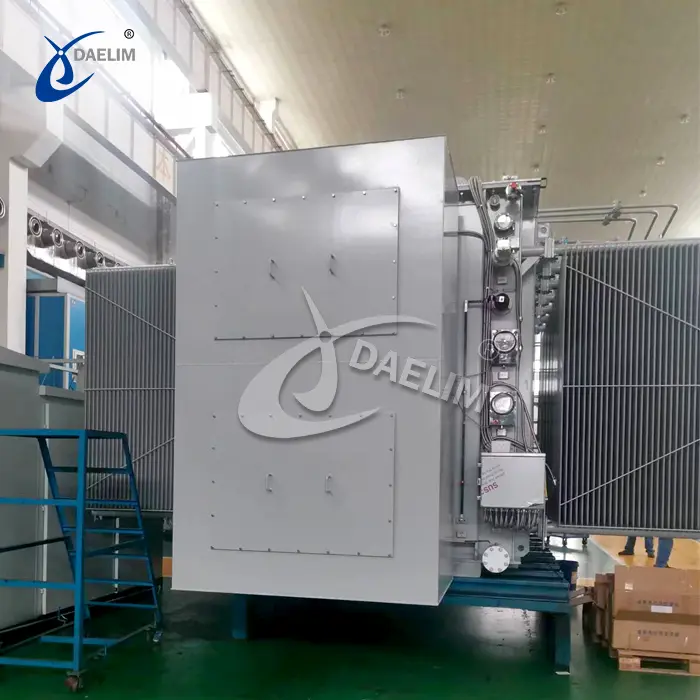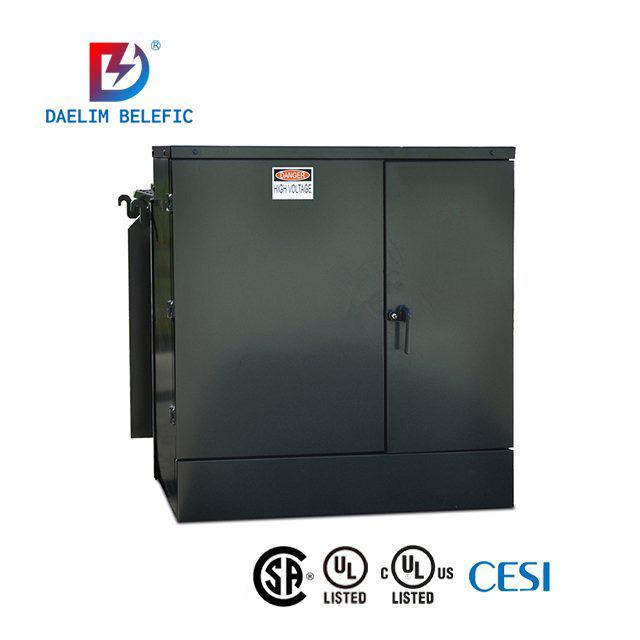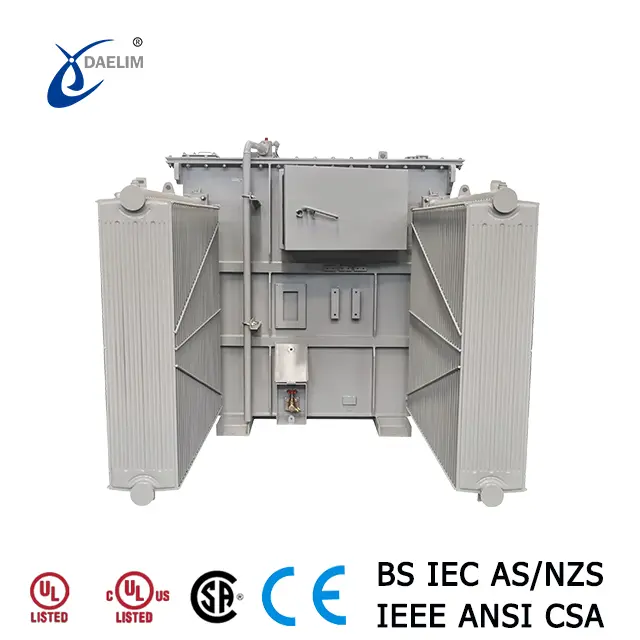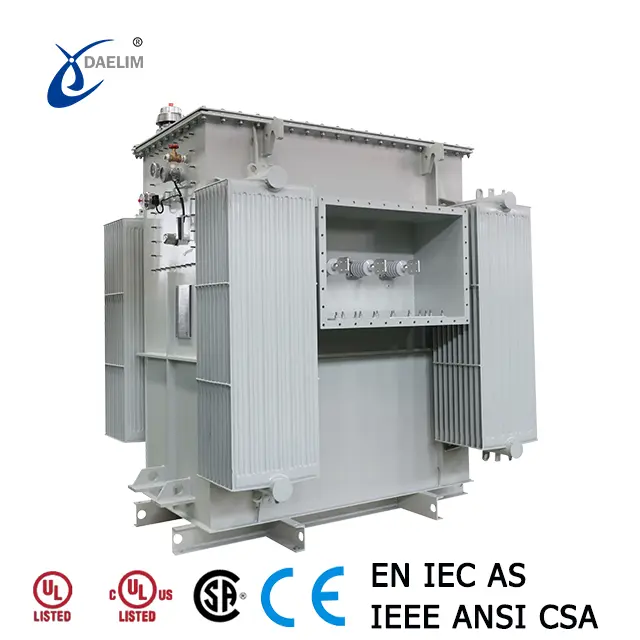Transformer Partial Discharge: Causes, Detection, and Prevention
In the domain of transformers, partial discharge (PD) represents a critical phenomenon linked to potential insulation weaknesses. This article delves into the nature, causes, hazards, detection methods, and preventive measures related to partial discharge in transformers.
What is Partial Discharge?
Partial discharge refers to localized breakdowns within the insulation of a transformer under specific voltage conditions. Unlike complete insulation breakdowns, partial discharge involves intermittent discharges that occur at weak points in the insulation structure. These discharges are subtle and require specialized equipment for accurate measurement, as they are often imperceptible to human senses.
Causes of Partial Discharge
The origins of transformer partial discharge can be categorized into several key factors:
Insulation Materials and Structures
- Defects: Such as bubbles, impurities, and cracks diminish insulation effectiveness, facilitating partial discharge.
- Electric Field Intensity: Uneven field distribution due to transformer design flaws or sharp edges can lead to localized high electric field strengths, triggering discharge.
Operational Factors
- Aging: Transformers long-term operation and load fluctuations degrade insulation materials, increasing susceptibility to partial discharge.
- Overvoltage: External factors like lightning strikes or internal events such as switch operations can cause voltage surges exceeding material breakdown thresholds, inducing transformer partial discharge.
Installation and Process Issues
- Transformer Quality: Imperfections in transformer manufacturing processes, inadequate vacuum control during drying, and improper winding assembly may result in residual gas pockets or insulation damage.
- Mechanical Damage: Mishandling during transformer installation or prolonged exposure to damp conditions can compromise insulation integrity, promoting partial discharge.
Hazards of Partial Discharge
Despite its localized and intermittent nature, partial discharge poses long-term risks to transformer insulation:
- Insulation Damage: Gradual erosion of insulation due to repeated discharges can escalate to complete breakdowns over time.
- Heat Generation: Partial discharge generates heat, potentially raising local temperatures and accelerating insulation deterioration.
Detection Methods
Effective detection methods for transformer partial discharge include:
- Electrical Measurement: Using oscilloscopes or dedicated PD meters to capture discharge waveforms or radio interference levels.
- Ultrasonic Measurement: Detecting ultrasonic emissions generated by partial discharge and converting them into electrical signals for analysis.
- Chemical Measurement: Analyzing dissolved gases in transformer oil to detect abnormal levels associated with partial discharge.
Preventive Measures
To mitigate the risks posed by transformer partial discharge, preventive measures include:
- Selection of High-Quality Insulating Materials: Choosing materials with superior insulation properties and resistance to aging.
- Regular Maintenance: Conducting routine inspections to identify and replace degraded insulation components promptly.
- Overvoltage Protection: Installing devices to monitor and suppress voltage spikes, safeguarding against partial discharge initiation.
- Temperature Monitoring: Implementing systems to monitor transformer surface temperatures, detecting abnormal heating indicative of partial discharge activity.
In conclusion, understanding and effectively managing partial discharge in transformers is crucial for ensuring operational reliability and extending transformer lifespan. By implementing proactive measures and employing advanced detection techniques, the industry can minimize the detrimental effects of partial discharge on transformer performance and enhance overall system safety.
Related Products
Related Article
Comprehensive Analysis of Large Transformer Faults by Gas Chromatography
Gas chromatography analyzes dissolved gases in transformer oil to diagnose faults, ensuring safe operation. It detects early issues undetectable by standard tests, though it must be combined with electrical tests for comprehensive and accurate fault identification.
Relationship Between Dissolved Gas in Oil and Transformer Faults
Transformer oil serves as insulation and cooling. Faults cause chemical decomposition, producing gases. Analyzing dissolved gases in the oil helps determine fault presence, nature, and severity. Key gases include CH4, C2H6, C2H4, and C2H2, indicating different fault types and temperatures.
Precautions for Analyzing Transformer Faults by Gas Chromatography
Gas chromatography is used to analyze transformer oil for fault diagnosis by identifying dissolved gases. This method, combined with electrical tests, ensures accurate fault detection, preventing transformer damage and ensuring safe, reliable operation.
Technical Requirements for Transformer Installation
The article outlines critical technical requirements for transformer installation, covering support, grounding, cable management, safety measures, and fan operation to ensure safe and efficient electrical system performance.
Basic Knowledge of Transformer Transportation
Transformer transportation varies by size. Below 80 tons, use oil with dry air above oil level. Above 80 tons, use dry gas, monitor pressure, and conduct tests. Ensure sealed integrity and monitor regularly during storage.
Comprehensive Guide to Transformer Insulation: Types, Structures, and Maintenance
Transformer insulation is a cornerstone of electrical safety and reliability, crucial for maintaining operational efficiency and preventing catastrophic failures. By understanding the types, structures, methods, and materials involved in transformer insulation, operators can effectively manage and maintain transformers to ensure long-term performance and safety in power distribution networks.

